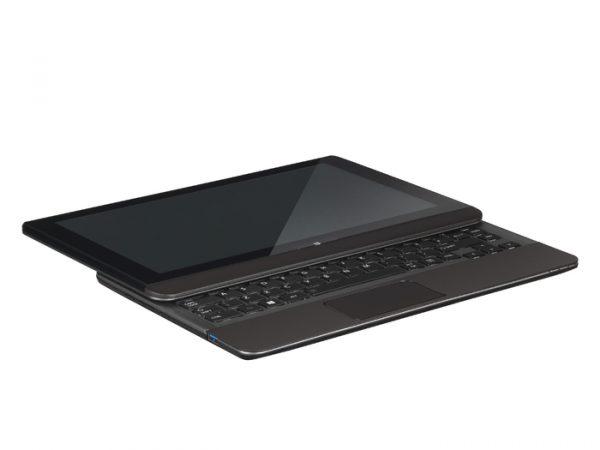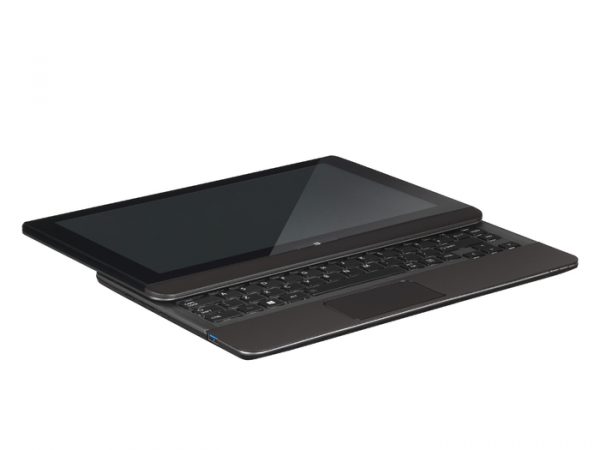By charting the course of technology over the last several years and predicting its continued path, it’s fair to say that we have an interesting year ahead of us.
The largest shift will take place in how we interact with computers. Touch screens on smartphones and tablets brought in human touch, Siri popularized voice-controlled systems, and the hacker community has begun to advance thought-controlled computing with EEG headsets. Voice, touch, and thought will slowly join the keyboard and mouse as ways to interact with electronics, and 2013 will see a new level in this shift.
The other major shift will be the return of the robotics market—starting with the popularization of drones and robots as toys.







